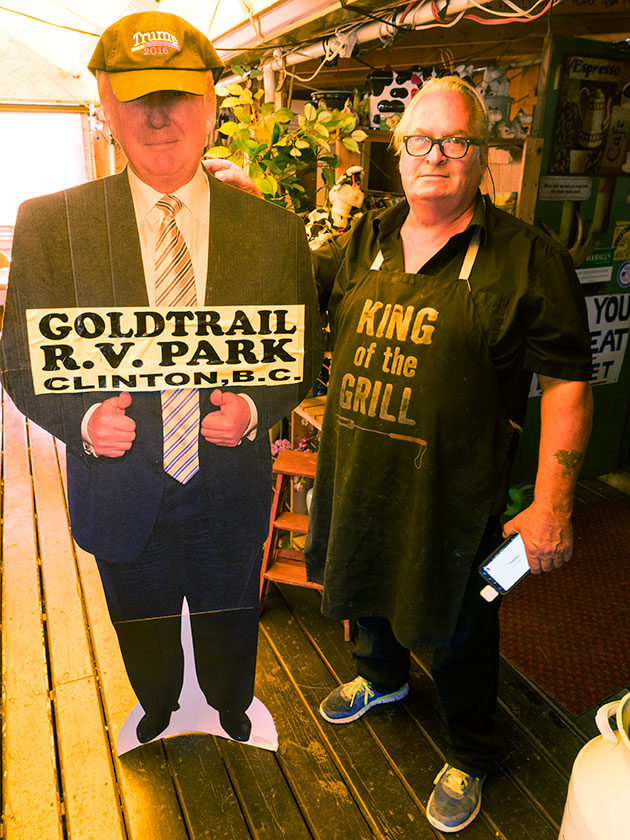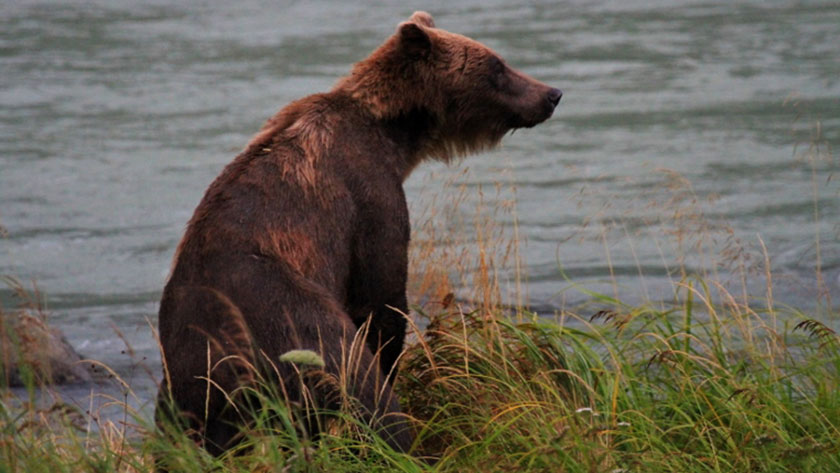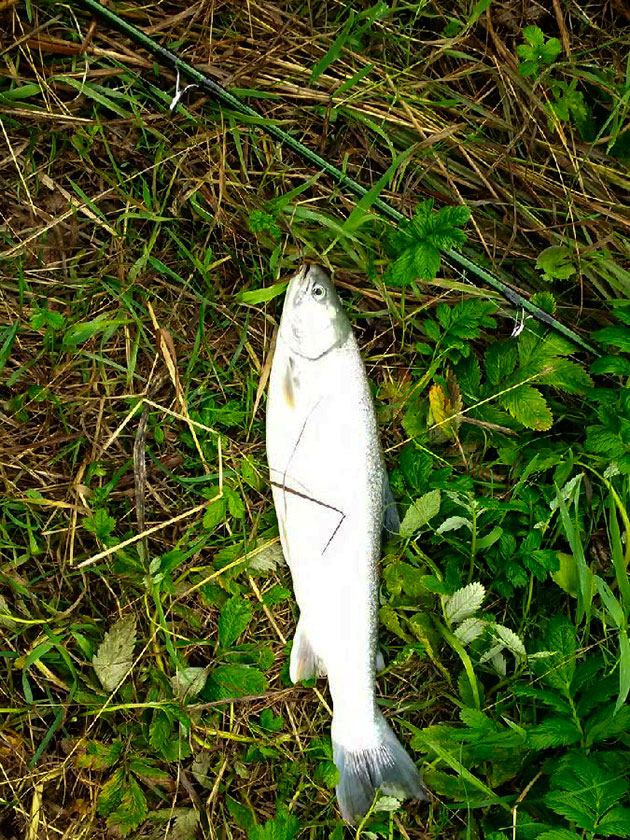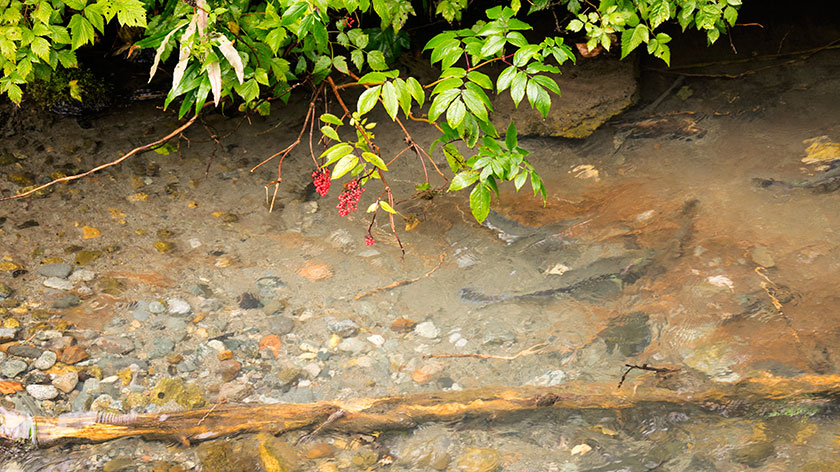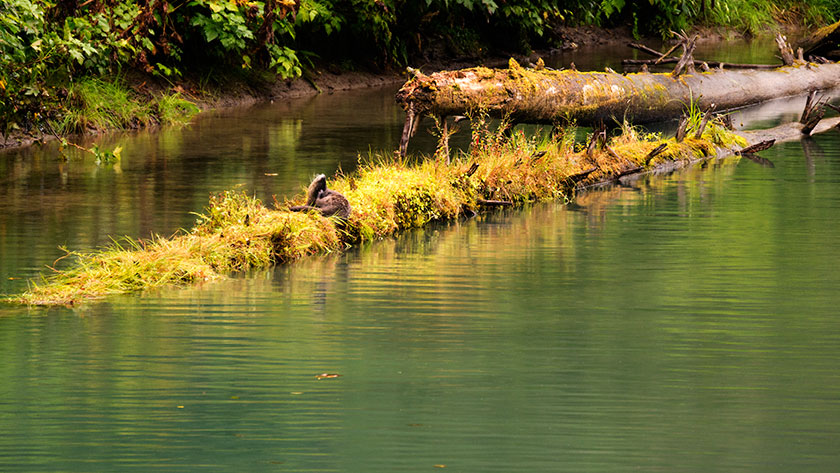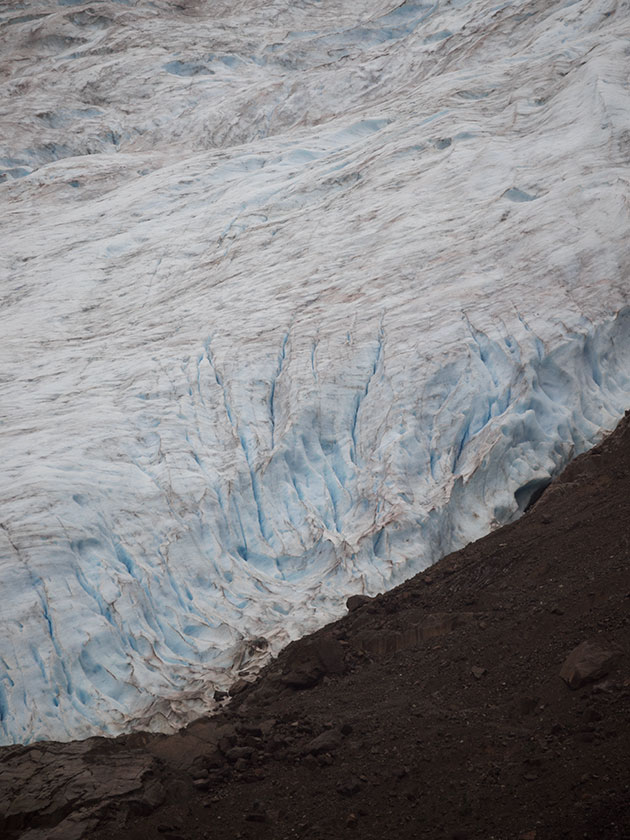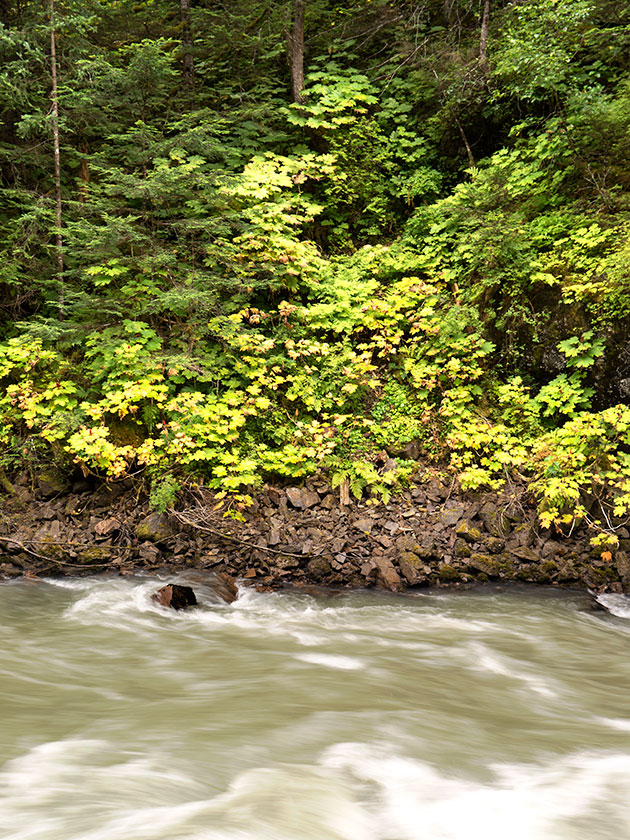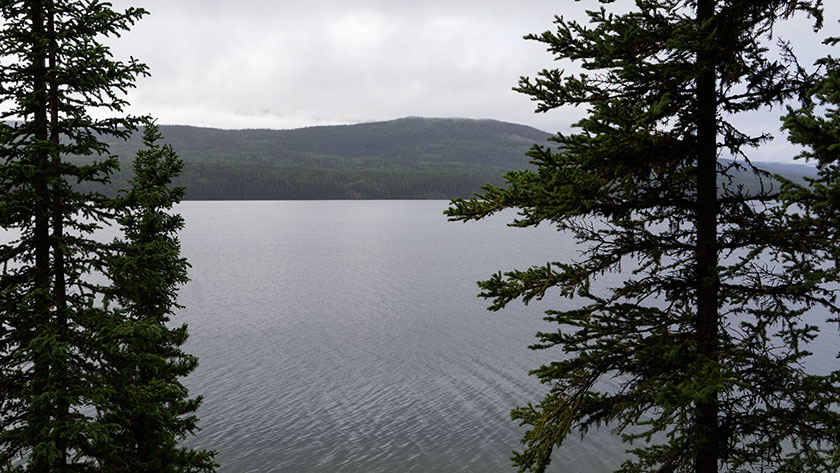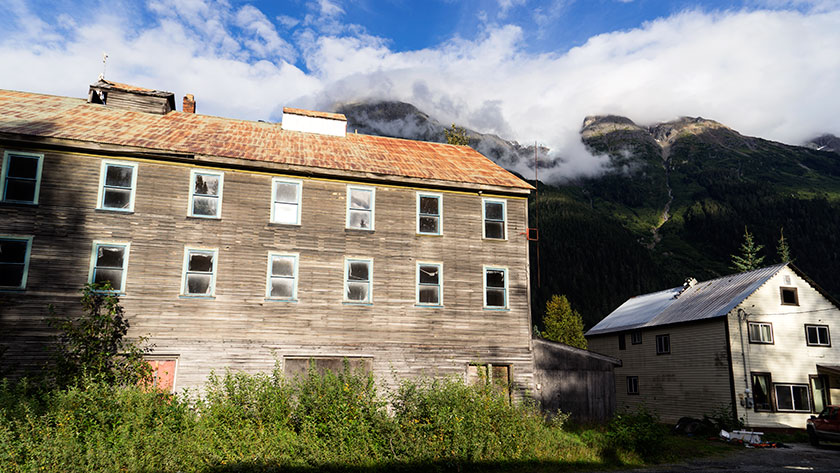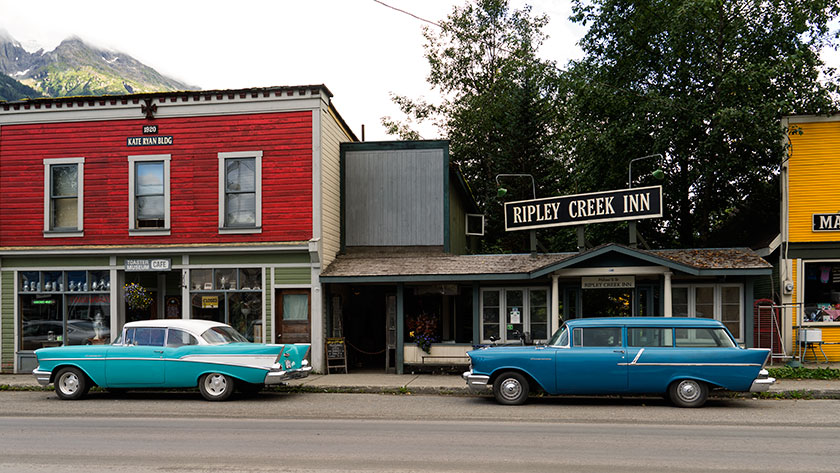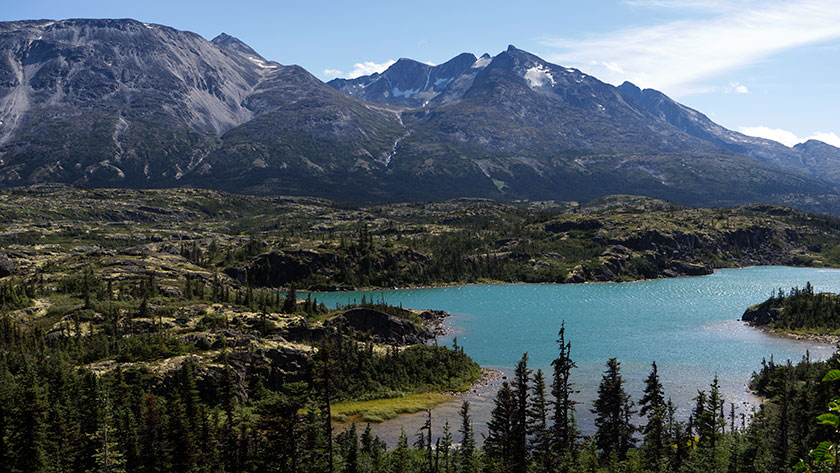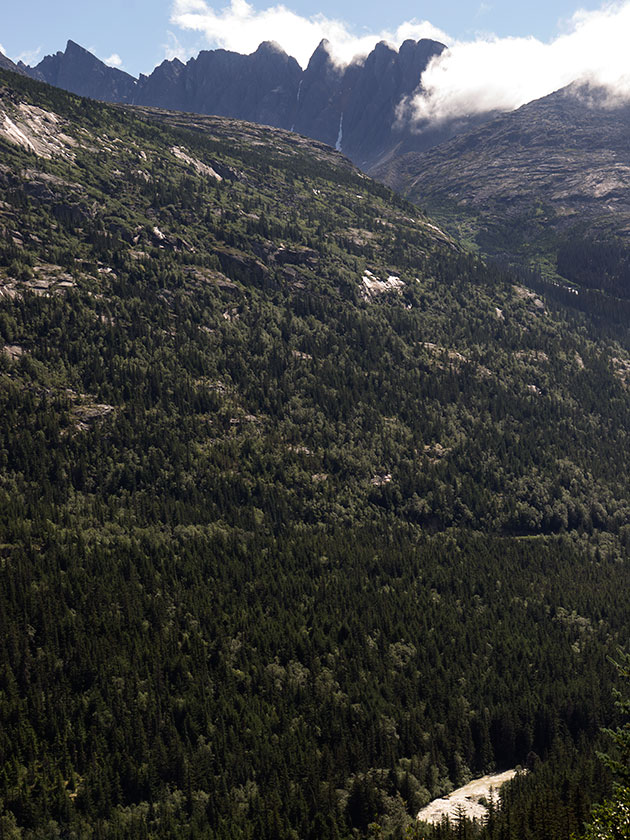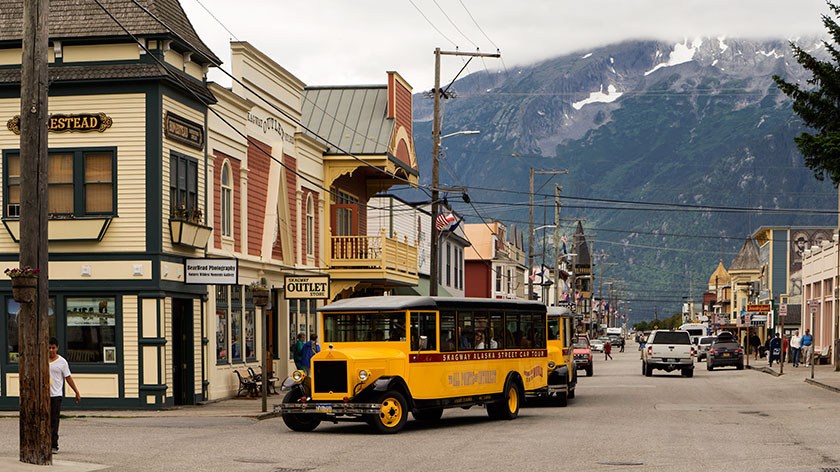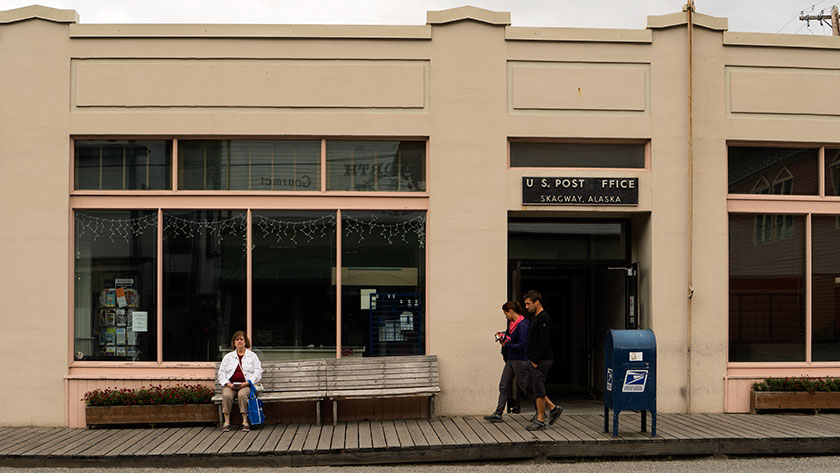It happened all too soon.
Since we left Prince George yesterday, we’ve been following route 97 that parallels the Fraser River. Its source is in the Canadian Rockies and it’s mouth is Vancouver. The Fraser is the major drainage system for British Columbia.
Most of yesterday’s highway climbed from Prince George to Clinton located on the three thousand foot Fraser Plateau. Following the river downstream and driving uphill all day confused me. I knew we were climbing because of our poor fuel mileage. Today was different.
As soon as we left Clinton we began to descend. As the road plunged off the plateau, and the vegetation changed. Instead of the trees, we entered a dry high desert, like around Reno, Nevada. Scrub brush and low sage covered the hills. The BC coastal range removes moisture from the air just as the Sierras do in California, creating a rain shadow on their downwind side.
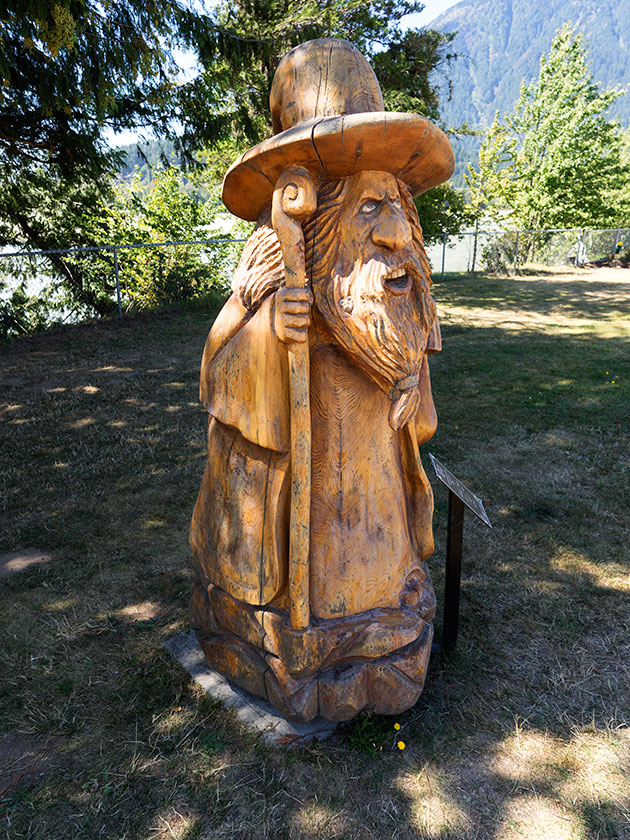
We stopped for lunch in Hope. It’s a pretty little town along the Fraser. They hold chainsaw wood carving contests here and the town shows off the winning pieces as public art. While we walked around looking at them, we came across some nice hot rods parked outside a diner. I guess a car club was out for a Sunday road trip.
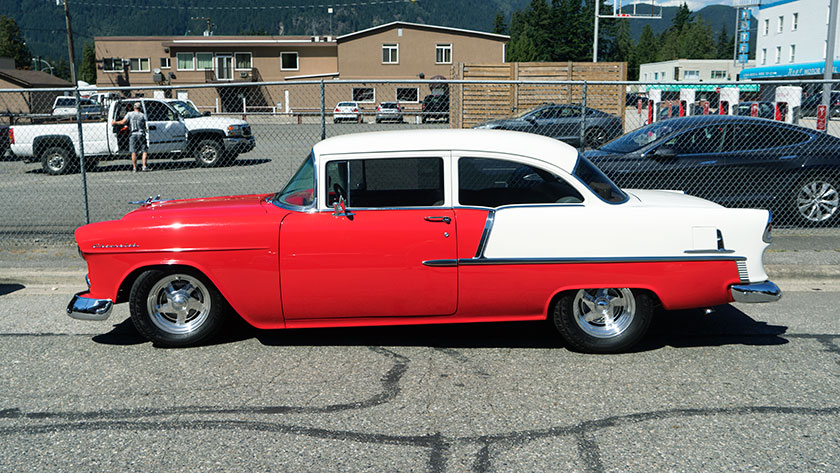
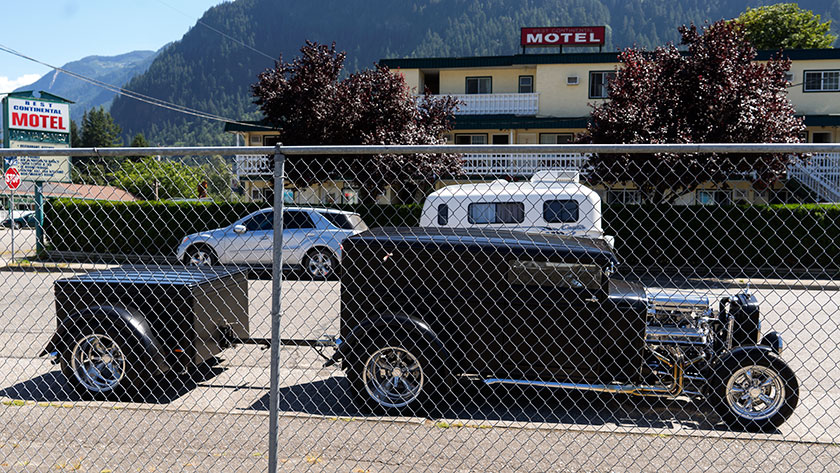
At Cache Creek we left Hwy 97 and picked up Canadian Route 1 which follows the river’s edge through Fraser Canyon and Hell’s Gate. Route 1 is a Trans Canadian Highway, but this section even intimidated me. The highway and Canadian Railroad run along the steep mountainsides above the river. Like the train tracks, there are a series of tunnels you have to go through. They’ve named them. The worst was the one called Hell’s Gate. I didn’t like it, because it’s narrow, dark and has a couple of curves in it. I held my breath as I hurtled through it with the trailer chasing me.
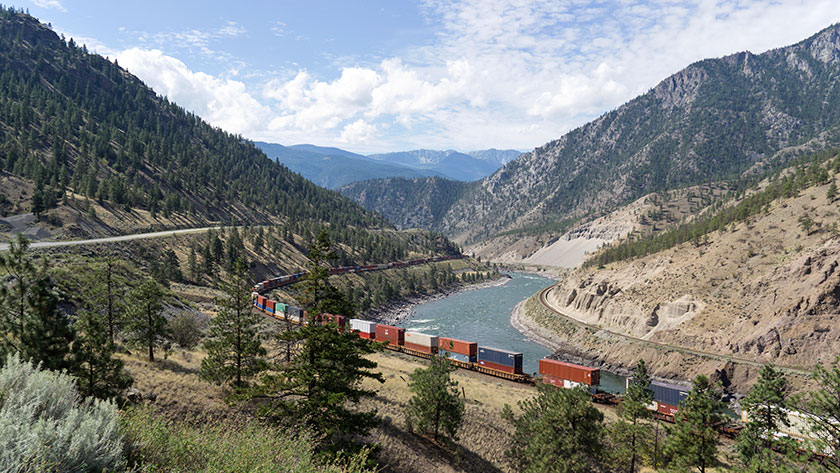
The river finally bottoms out into a delta as shown by the farms and produce stands along the road sides. And then, miraculously it became a freeway, or interstate . . . or inter-province . . . I’m so confused. You know what I mean, one of those roads with four lanes with broad grassy dividers and off ramps.
Fritz was happily speeding along and holding up traffic when everything came to a stand-still. “No! Not now, my GPS says I only have two and a half miles to go.” It took an hour and forty-five minutes to get there. The freeway (whatever) was under repair, and closed on Sunday. No warning, no lane merging markers, only three pylons at the exit and a highway truck parked with flashing lights. I knew I needed to rehabilitate myself to traffic, but I didn’t need to be thrown in the deep end.
I was fortunate enough to have programmed my GPS before I left this morning, otherwise I would have tried to find a way back to the highway without detour signs. The good news is now I know where the Mercedes, Porsche, BMW, Ferrari and Lamborghini dealers are in Vancouver.
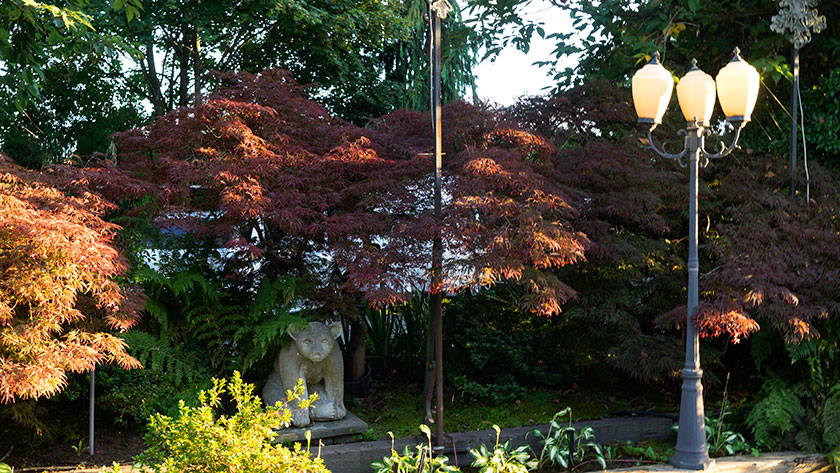
We obediently followed the GPS lady’s instructions to our RV park. One of the sights we wanted to visit in Victoria was Butchart Gardens. As we drove into the park, it looked like we found the back gate. We’ve never stayed in such an ostentatious place before . . . we’re not sure how to act. Anyway, they separated us from the regulars, and we got a spot in the overflow parking lot but required to have the local mobile RV wash guy come by and “clean that filthy mess you call a trailer.” Listen, if it saves me the cost of a ferry ticket, it’s worth it.
jw

